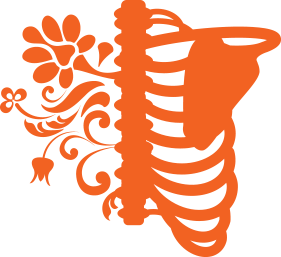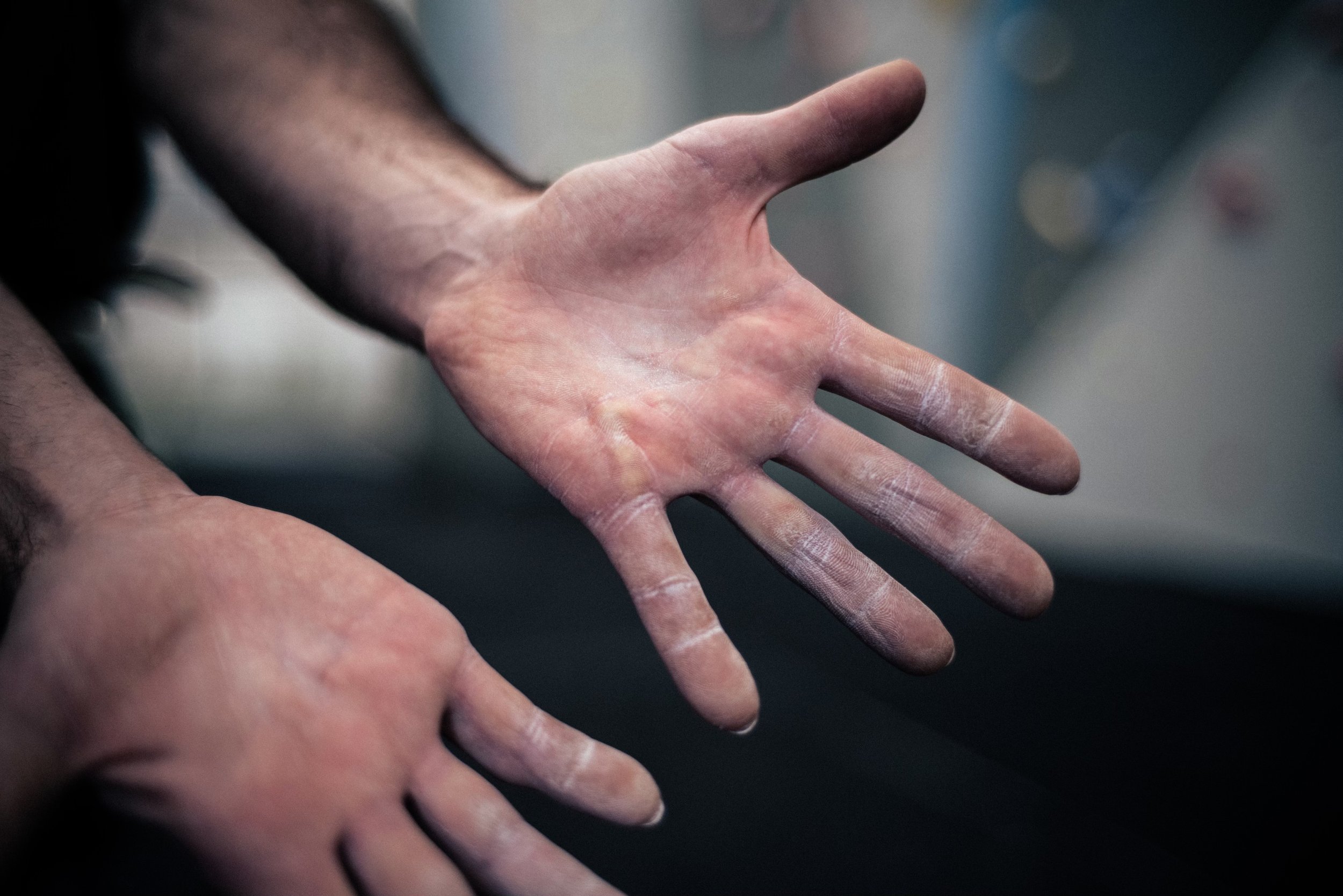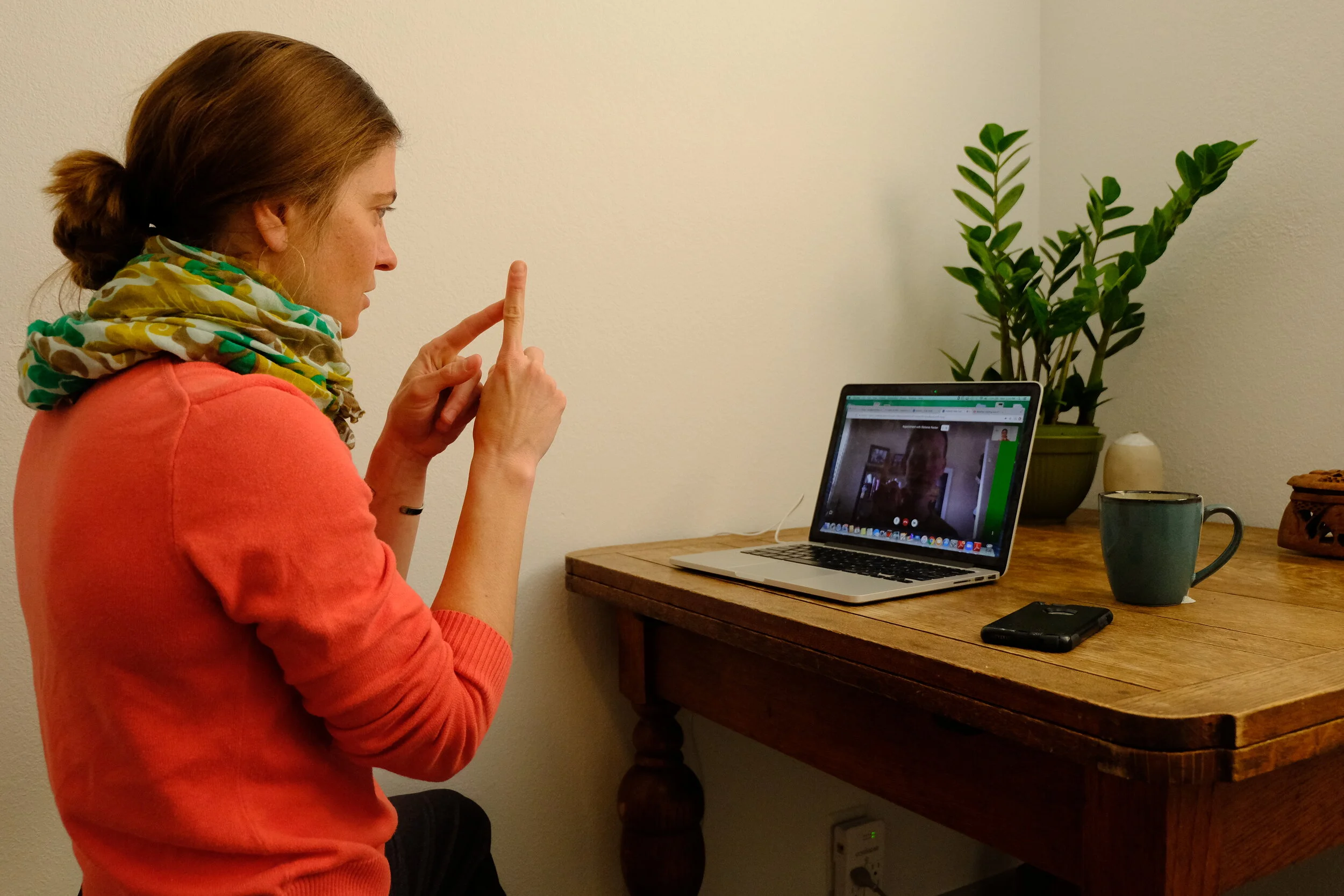How to Hang Right: Optimal Shoulder Posture for Climbers
It’s a myth of climbing beta that we’ve all heard: hanging on your bones instead of engaging muscles conserves energy while resting on a climb. The fallacy of this myth is that the human body is not manufactured to function like a bag of rocks. Hanging loose puts undue stress, wear, and tear on the soft tissues that function to connect the bones in our shoulders, leading to a host of insidious injuries. The wild thing is that climbers are hanging loose even when energy conservation isn’t a concern, such as on the hangboard or pull-up bar.
Healthy muscles are never turned off, and bones cannot function without their soft-tissue counterparts. In effect, hanging loose gives the illusion of rest, while encouraging climbers to position their shoulders in ways that degrade the very tissues that support their skeleton. By hanging loose we are misusing our joints thereby raising our risk for damage over time.
YOU MAY BE WONDERING WHAT OPTIMAL SHOULDER POSTURE LOOKS LIKE IN REAL LIFE, WITHOUT X-RAY VISION?
To achieve optimal shoulder posture in hanging, we must first establish a solid understanding of what neutral joint positioning of the entire arm is, and what this should look and feel like both while we’re climbing and in everyday activities.
Neutral resting position of the shoulder and arm allows for optimal space between the bony connections of the shoulder joint, and can be described as follows:
A. Tall and lengthened spine with head retracted (ears aligned vertically over shoulders, chin tucked down and back).
B. Shoulder blades settled wide and flush on the back with your muscles slightly engaged so that the front of the shoulders are drawn back (but not pinched together), in vertical alignment with both your hips and your ears.
C. Elbow creases oriented forward (this activates the rotator cuff muscles to rotate the upper arm bone outward and aligns the shoulder joint). Arms at the side.
D. Thumbs oriented forward (in resting, palms or the backs of hands should not be apparent when looking in a mirror).
This posture can be transferred into an engaged position, as in climbing, while arms are overhead as follows:
A. Lie belly down with arms overhead and palms down.
B. Shrug the shoulder blades up and reach with your hands as far overhead as possible, while keeping contact between your hands and the floor.
C. While keeping your palms in contact with the floor, rotate your upper arms outward by turning your elbow creases toward the ceiling.
D. While maintaining that position in your arms, gently slide your shoulder blades down your back to the bottom of your available range of motion.
E. Finally, make fists with your hands, and attempt to lift your hands off the ground, while keeping your fists positioned palms-down and your elbows nearly straight.
F. This final position is “hanging right.” You should feel your muscles lightly working to press your shoulder blades securely against your rib cage, while also feeling as though you could hold/squeeze a tennis ball in each armpit (this is the feeling you get when your rotator cuff and scapular sling muscles are engaged).
This engaged posture can also be translated into a hanging position with arms overhead.
Incorrect Shoulder Posture
Correct Shoulder Posture
Using optimal shoulder posture allows this climber’s non-contractile tissues to be the least stressed, and allows her contractile tissues to be in the most optimal functional position. By using incorrect shoulder posturing, this climber is putting her shoulder complex at risk for repeated strain and chronic injury.
Staying strong, mobile and informed using simple exercises and strategies will keep developing the dynamic sport of climbing that we love, the sport that seems to have no ceiling.
Written by: Esther Smith, DPT, Cert. MDT, NTP and Katey Blumenthal, DPT, MA















